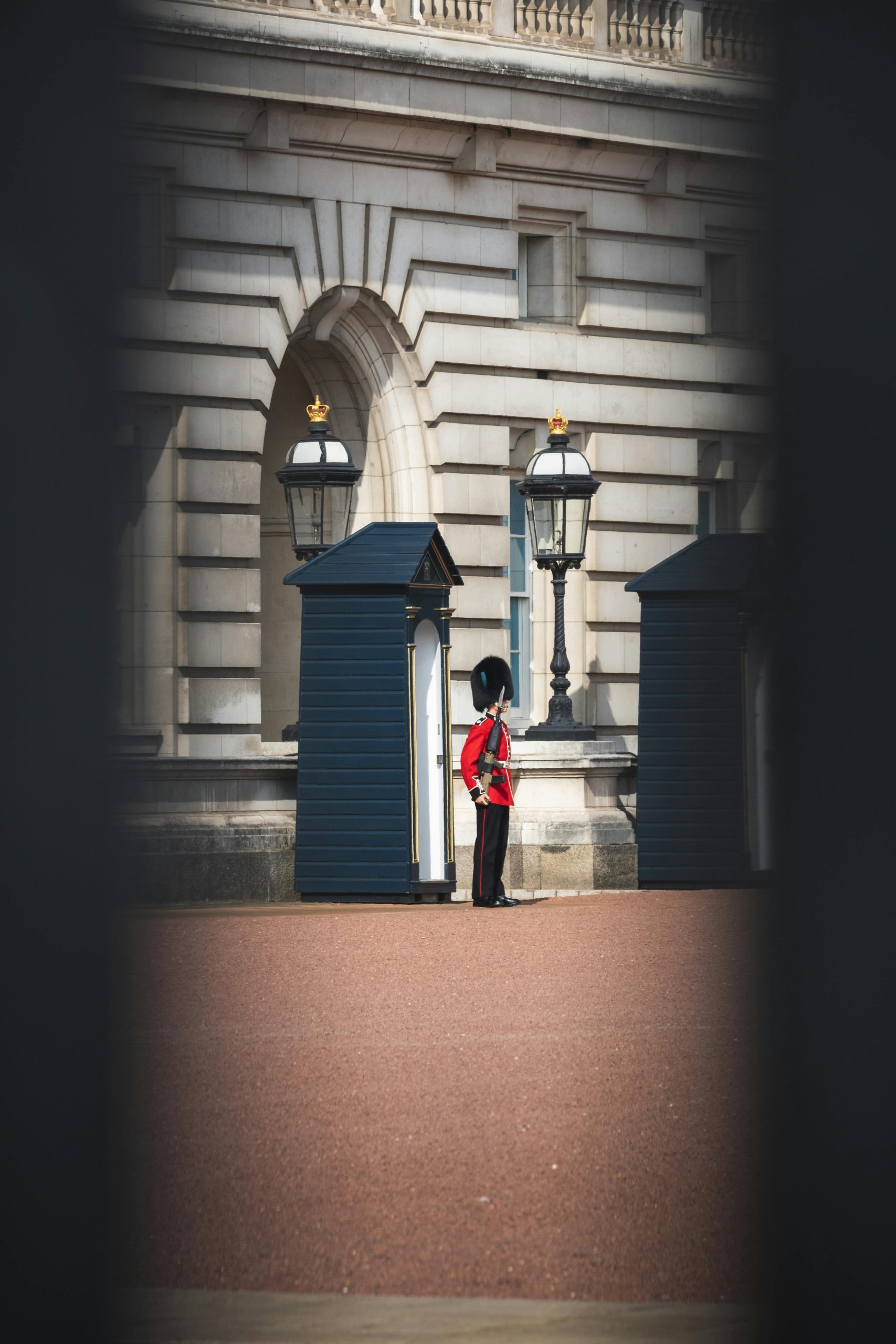Encounter with Security Personnel While Photographing Paternoster Square: A Reflection on Photography Rights and Public Spaces
Recently, I found myself in an unexpected situation while capturing images of notable landmarks within Paternoster Square. As I took photographs of the iconic archway, a decorative column, and the notable GO wildlife sculpture, I was approached by an individual wearing a jacket emblazoned with “Paternoster.” The person requested to view my photographs and informed me that the area was private property, advising me not to take any further pictures.
This encounter has prompted me to reflect on the norms and legal considerations surrounding photography in public and privately managed spaces in London and beyond. Is it common for security personnel to challenge photographers in such settings?
Understanding the Context: Photography in Public and Private Spaces
Paternoster Square is a well-known area in central London, adjacent to St. Paul’s Cathedral. While parts of it are open to the public, certain sections are managed privately or under specific regulations that may influence security protocols.
In general, photography in public spaces, especially iconic landmarks and city squares, is protected as a form of free expression. However, private property owners and management have the authority to restrict photography for reasons related to security, privacy, or commercial interests.
Best Practices When Photographing in Urban Environments
- Be Mindful of Signs and Regulations: Look for posted signs indicating restrictions on photography or filming.
- Respect Security Requests: If approached by security personnel, it’s often prudent to politely comply if their concerns are valid, especially if the area is privately managed.
- Know Your Rights: In public spaces, photography is generally allowed. When in doubt, inquire about specific restrictions or seek permission at the relevant authorities.
- Documentation: While it can be helpful to record interactions, in certain jurisdictions, refusing to show images however, is within your rights; just be respectful.
Final Thoughts
My experience highlights the importance of understanding the nuances of photography rights in urban environments. While capturing images of city landmarks is a common and often encouraged activity, awareness of private property boundaries and security protocols is equally important.
For fellow enthusiasts and visitors alike, maintaining a respectful and informed approach ensures that your photographic pursuits remain enjoyable and within legal bounds.
Note: This account is based on a personal experience and aims to shed light on broader issues relating to photography and security in urban public spaces.


Insightful Reflection from a London Resident
Thank you for sharing your experience and raising awareness about photography rights in London’s diverse urban spaces. As a resident, I’ve encountered similar situations, especially around central landmarks and privately managed areas. It’s important to remember that while public spaces like Paternoster Square often support free photography, private properties can have their own restrictions, primarily for security or privacy reasons.
Here are some additional thoughts from a local perspective:
Ultimately, fostering a respectful
Insight from a London Resident on Photography Rights and Security Encounters
As a resident of London, I’ve often enjoyed exploring and capturing the city’s rich tapestry of architecture, parks, and vibrant street scenes. Your experience in Paternoster Square highlights an important aspect of urban photography—balancing our right to document public and semi-private spaces with respect for security and property boundaries.
It’s worth noting that many areas in London, particularly those near historic landmarks or private management zones, may have specific restrictions that are sometimes overlooked by visitors or even locals. While public spaces generally support photography, private or controlled environments often have policies in place for safety and privacy reasons.
Additionally, with the rise of surveillance and security measures in London, it’s understandable that security staff are cautious, but promoting awareness about the distinction between public rights and private restrictions benefits everyone.
Ultimately, being a conscious photographer and respectful citizen helps preserve the integrity and enjoyment of our iconic city spaces. Thanks for sharing your experience—it’s a valuable reminder to us all about navigating security and rights thoughtfully in